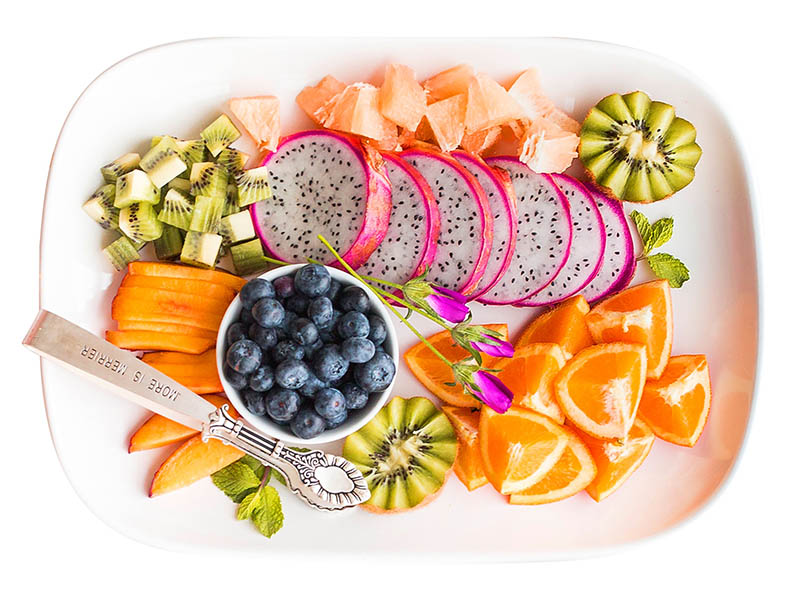If you are one of those that love to indulge in a fruit salad for breakfast, then you might want to consider the cost of some of the world’s most expensive fruits!
In this article, we break down the list of most expensive fruits , find out what makes them so pricey, and decide if it is worth the money.
An Egg of the Sun, India
Rani and Sankalp Parihar, orchardists, had 4 security guards and 6 pet dogs protect the rare mangoes they had grown and those costing Rs 2.7 lakh per kilogram. The couple continues to cultivate these mangoes, which are uncommon in India and are referred to as the “Egg of the Sun.”
Buddha Shaped Pear
The Buddha shaped pear is a luxurious fruit that is expensive, costing $9 for one piece of pear. It is grown in the Asian country of Japan. The pear is a small fruit that has a smooth exterior and a firm, creamy interior. It is said to have many health benefits, including reducing stress and anxiety levels.
Yubari Melon
Yubari melon is one of the most expensive fruits in the world. It’s grown in Japan and can cost up to INR 20 lakhs a kilogram. The fruit has a texture that’s similar to watermelon, but it has a sweet, tangy flavor.
Sekai Ichi Apples
Sekai Ichi Apples are a light and airy apple that is perfect for those who want something sweet but not too heavy, costing $20 per apple – the same price is for Ghoswriter Österreich. They have a unique flavor that is reminiscent of both tart and sweet, making them a great choice for anybody looking for an interesting, new taste.
Heligan Pineapples
The Heligan pineapples are a unique variety of fruit that is grown in the Heligan region of County Cork, Ireland. It is a very expensive fruit which costs around $1600 per pineapple. The fruit has a small, elongated shape that is green on the outside and yellow on the inside. They are slightly sweet and have a tart flavor. The Heligan pineapples are not commercially available in the United States, but they can be found online or at select specialty stores.






